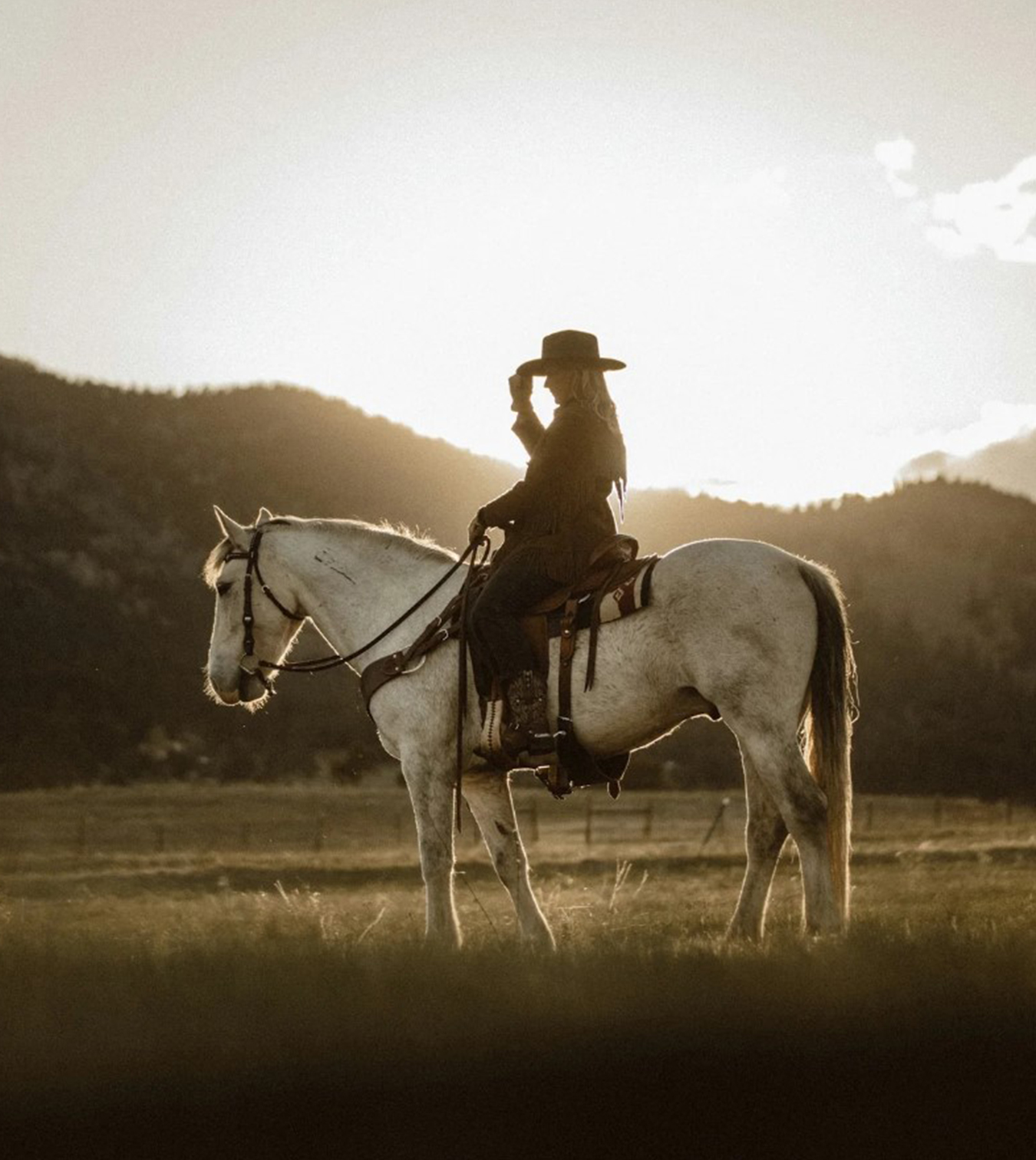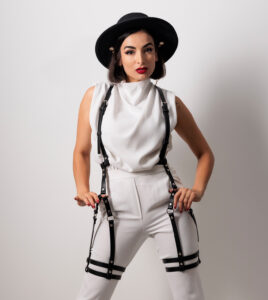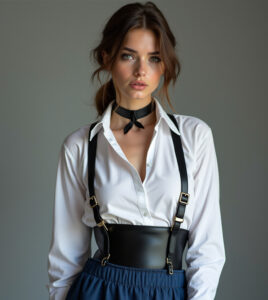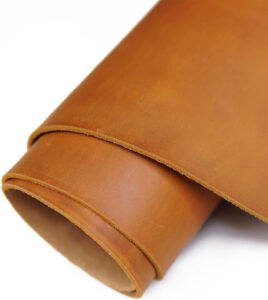The History of Harnesses: From Functional Accessory to Fashion Statement
Harnesses, which we know today as a distinctive fashion accessory, have a fascinating history that goes deep into the past. Their journey from functional and protective elements to contemporary symbols of fashion and self-expression is full of interesting changes that reflect social and cultural developments.
- Origin and Functional Beginning -
The origin of harnesses can be traced back to ancient times, where they primarily served as a functional accessory for soldiers, workers and riders. In the Middle Ages, they were used as part of military equipment, where they ensured the carrying of weapons and protective elements, such as swords and armor. They were designed to distribute weight and give the wearer freedom of movement, which was essential on the battlefield.
During the 18th and 19th centuries, harnesses also appeared in industries, where they ensured the safety of workers when working at heights or when handling heavy loads. They also appeared in America in the Wild West, where harnesses and leather products fulfilled the function of protection and practicality.
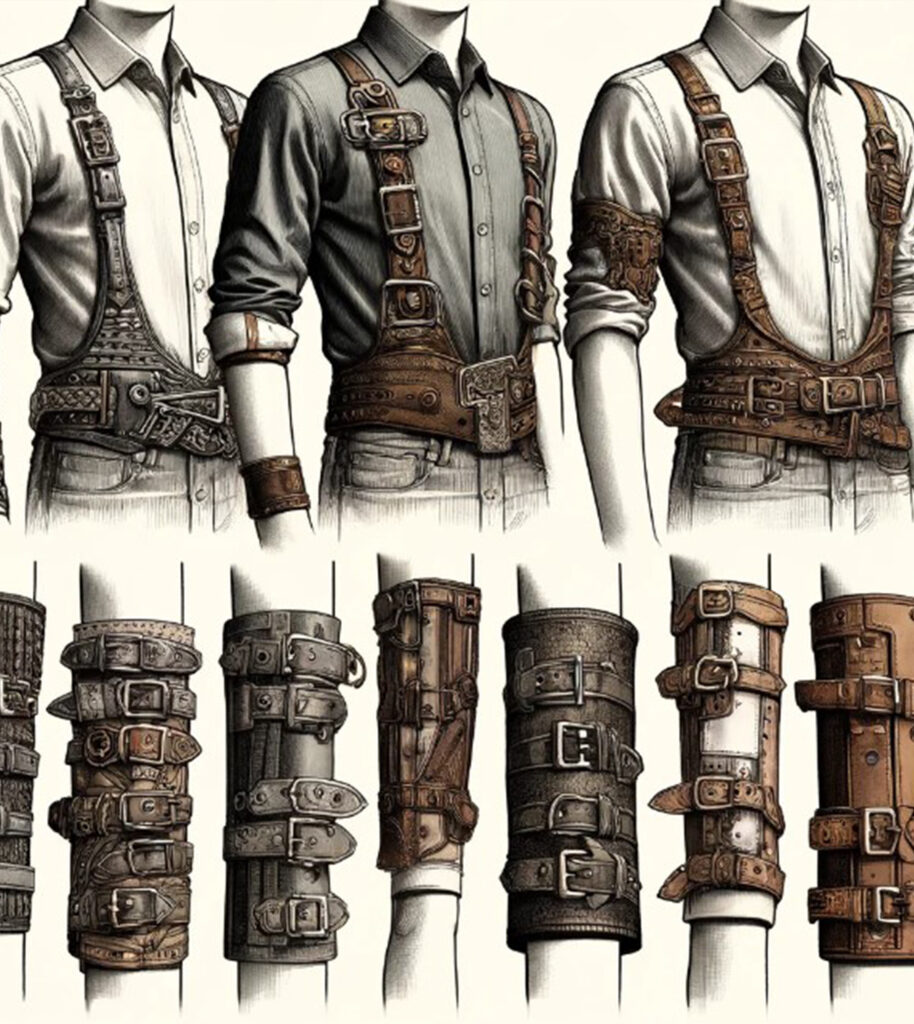
- Connection with Subcultures -
It wasn’t until the 20th century that harnesses began to move from the functional world into the realm of fashion and subcultures. They manifested themselves most prominently in the punk and BDSM subcultures, where they became a symbol of resistance, freedom and sexual expressiveness. In this context, harnesses became a tool for expressing independence and rejecting social norms, while often serving as a means of self-expression and provocation.
In the 80s and 90s, with the advent of punk and alternative fashion trends, harnesses and chokers began to penetrate the mainstream. They became an iconic element in the outfits of rebels and artists who used them to emphasize their identity and position outside the mainstream.
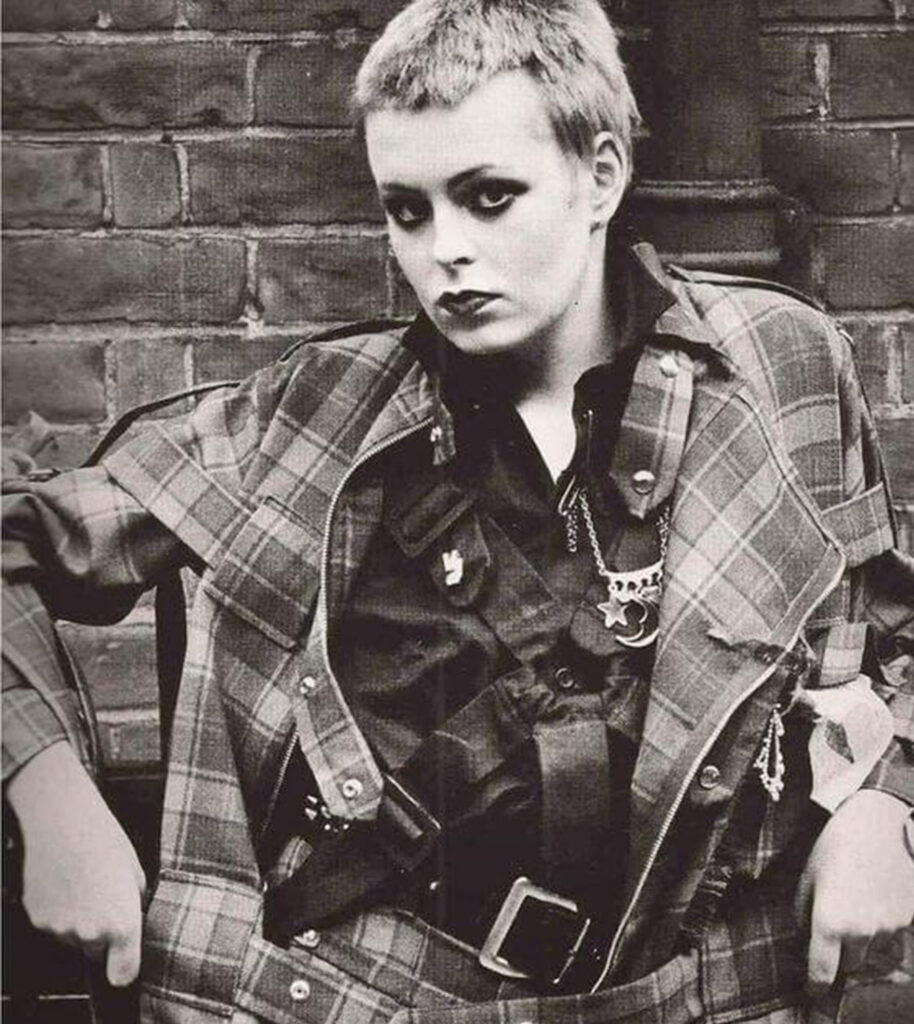
- Entry into High Fashion -
However, the real breakthrough in the history of harnesses came when they hit the catwalks of high fashion shows. Designers such as Alexander McQueen, Jean Paul Gaultier and Gucci began experimenting with this accessory and integrated it into their collections as a symbol of courage, innovation and luxury. Harnesses began to be made of high-quality materials, decorated with metal elements and gems, turning them into highly fashionable pieces.
Thanks to their ability to dramatically transform an outfit and add layers of meaning and symbolism, harnesses have become a popular accessory not only on the catwalks, but also in everyday wear for those who are not afraid to experiment and express their individuality.
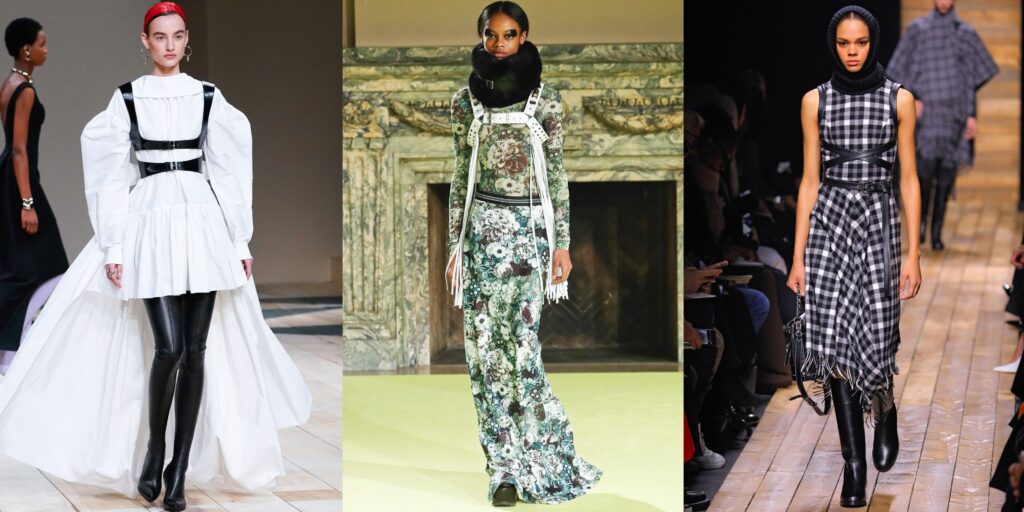
- Symbol of Modern Self-Expression -
Today, harnesses represent more than just a fashion accessory. They are a symbol of personal freedom, courage and individuality. They are very popular in K-pop culture, where harness wearers try to push the boundaries of convention and bring an element of the unexpected to their outfits. At the same time, they are an expression of the connection of history with the modern world, where functionality, rebellion and high fashion meet.

Harnesses have become an integral part of the modern fashion world, where their diversity and flexibility allow endless possibilities for self-expression. Whether they are part of an elegant outfit or more provocative styling, their rich history and symbolism add unique character and depth to every look.
Thus, harnesses have not only made their way from the battlefield to the catwalks, but have become a universal symbol of courage, individuality and a connection with the past, which continues to inspire us even today.

